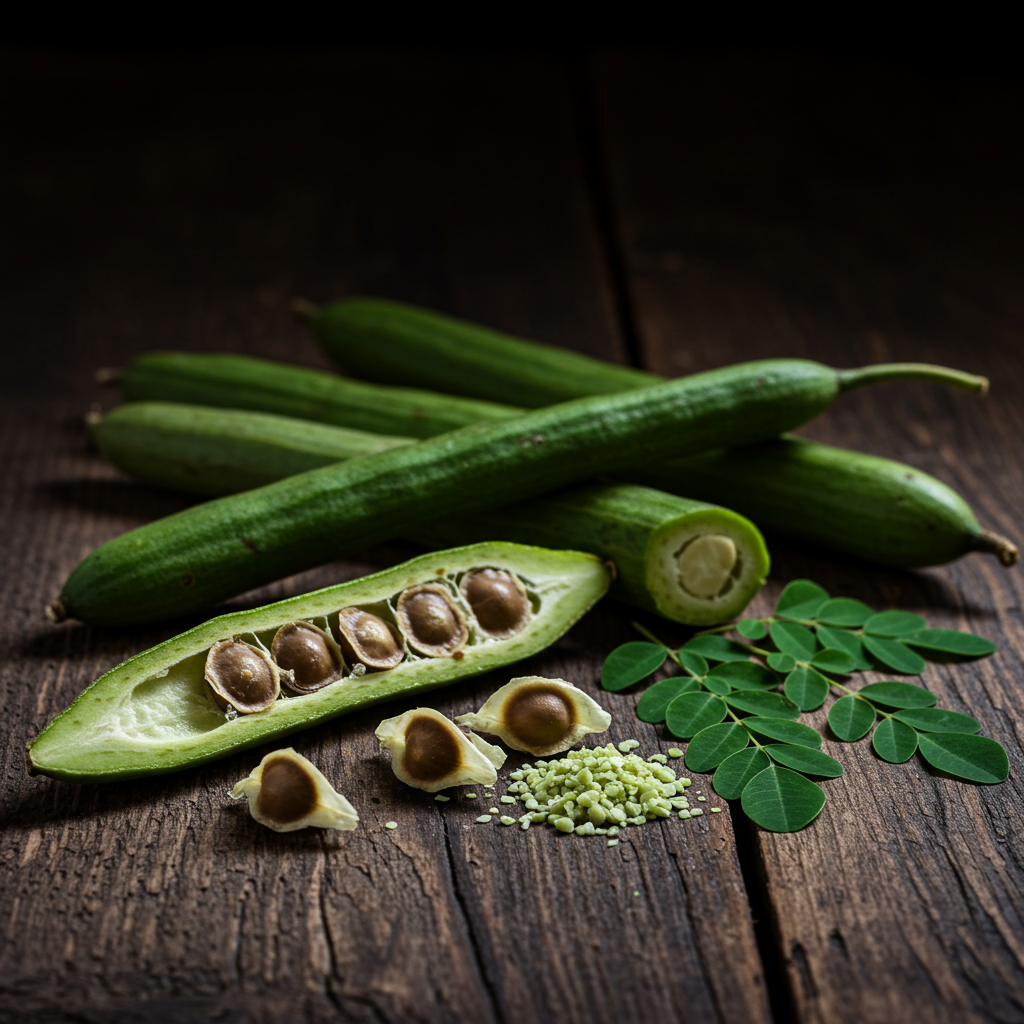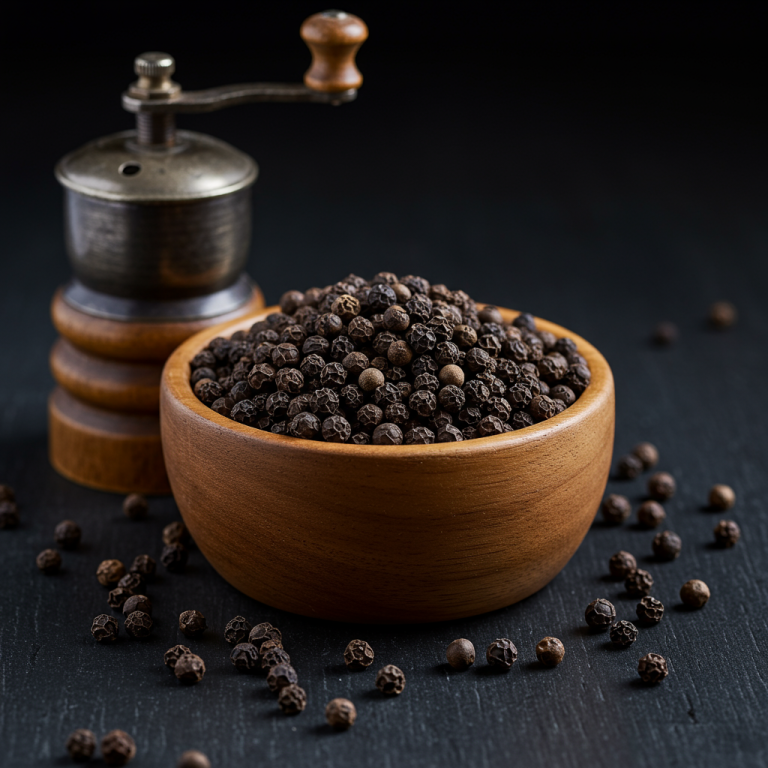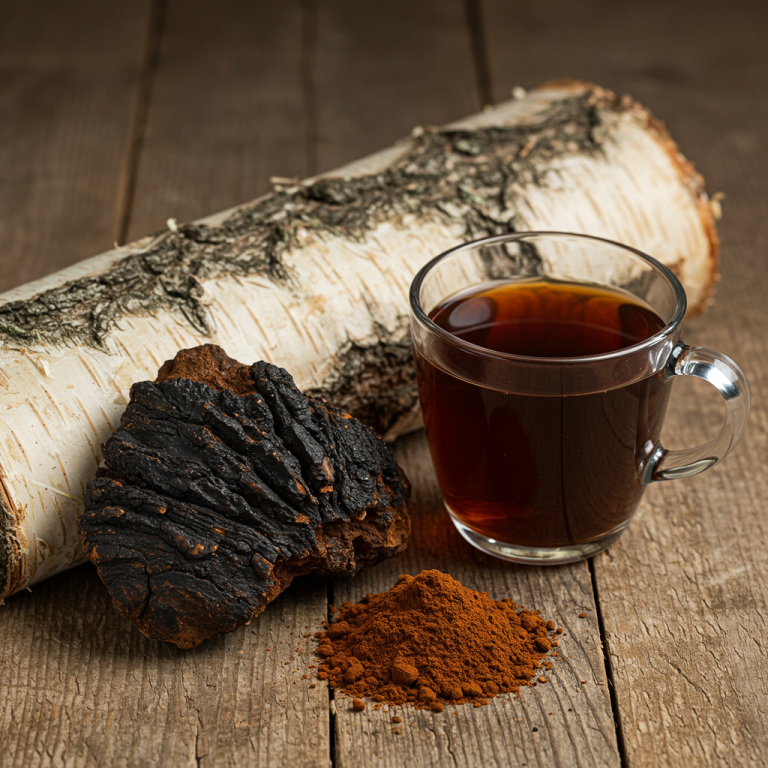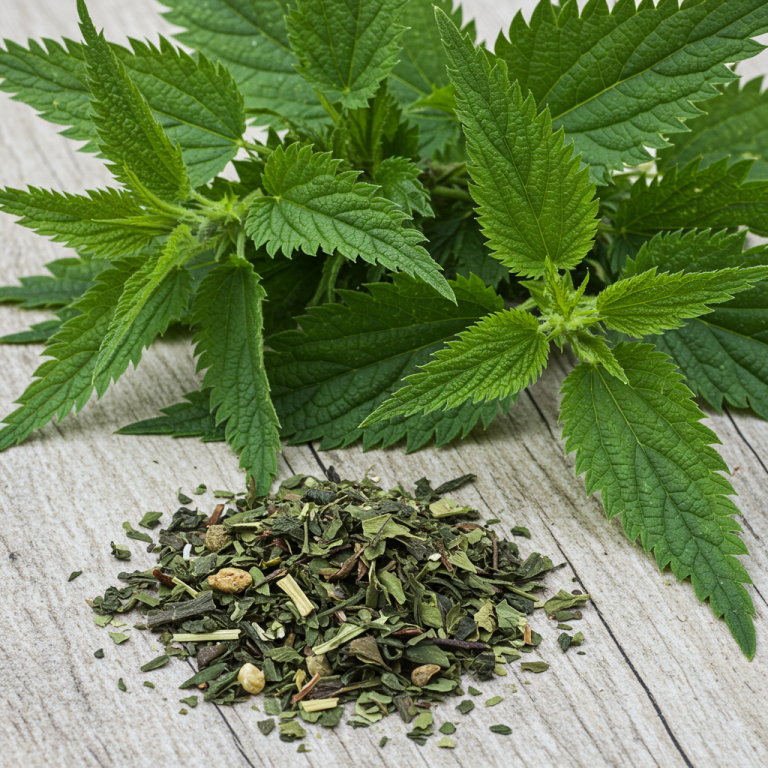Found in a large pod from the moringa tree, this incredible plant is being grown worldwide for its powerful health benefits. Native to the Caribbean, India, and Asia, moringa is now cultivated across the United States. It is loaded with vitamins, minerals, and a vast array of nutrients that are highly beneficial for the body.
The Nutrient Power of Moringa Pods
Inside the large pods are seeds that can be cooked and eaten just like peas. These seeds are packed with vitamin A, vitamin C, vitamin E, and oleic acids, similar to what’s found in olive oil. Once dried, the seeds can be ground into a powder, mixed with coconut oil, and used as an anti-inflammatory paste for soothing aches and pains. The younger, smaller pods can also be chopped and added to curries and rice dishes for a very tasty and nutritious meal.
An Edible and Sustainable Plant
What makes the moringa plant so special is that every part is edible. The leaves and stem can be used to make a wonderful tea or added to soups and stews. Moringa’s impressive nutrient profile, with some sources claiming hundreds of different nutrients, makes it an incredibly valuable food source. Growing moringa can even be an economical way to supplement your food supply, as the trees grow very fast and are easy to maintain.
How to Grow and Use Moringa
You can plant the seeds in a shallow hole with loose dirt in an area that gets a lot of sun. These plants sprout up quickly and can then be transplanted wherever you like. The trees grow so fast you may need to trim them back periodically.
Final Thoughts
The moringa plant is a versatile and potent superfood. From its seeds and pods to its leaves and stems, it provides a wealth of nutrition. Whether you’re looking to boost your vitality, reduce inflammation, or simply find a delicious and healthy new ingredient, moringa will support your health.




